In 1887, the promising young artist James Carling was buried in a pauper’s grave in Liverpool. He was only twenty-nine. During his lifetime, he had been celebrated as the “Fastest Drawer in the World” and the “Lightning Caricaturist.” Though his “lightning” drawing skills had brought him from a childhood in poverty on the streets of Liverpool to the acclaim of audiences throughout the United States, he aspired to something greater. Carling sought to outdo the world’s most popular illustrator, the French artist Gustave Dore, by illustrating Edgar Allan Poe’s poem “The Raven” better than Dore had done in his own celebrated illustrated 1882 edition of the poem.
Comparing his illustrations to Dore’s, Carling wrote, “Concerning ‘The Raven,’ I have been ‘dreaming dreams no mortal ever dared to dream before.’ As well as Dore, I have illustrated ‘The Raven.’ Our ideas are as wide as the poles. Dore’s are beautiful; there is a tranquil loveliness in them unusual to Dore. Mine are stormier, wilder and more weird; they are horrible; I have reproduced mentality and phantasm. Not one of the ideas were ever drawn before. I feel that Poe would have said that I have been faithful to his idea of the ‘Raven,’ for I have followed his meaning so close as to be merged into his individuality. The series will be more numerous than Dore’s.”
In spite of (or perhaps because of) their originality and weirdness, Carling’s illustrations remained unpublished at the time of his death. He entrusted the drawings to his brother Henry, himself a successful artist. Over fifty years later, in 1930, Henry Carling exhibited the drawings, which were received with such enthusiasm that, six years later, the Poe Museum in Richmond, Virginia purchased them, for display in a “Raven Room.” Many a long-time Richmonder recalls with a shudder the time, decades ago, they were terrified by the “Raven Room” filled with James Carling’s masterful illustrations. After forty years on display at the Poe Museum, the drawings were taken down and placed in storage to protect them from damage by light and humidity. For some time the drawings were replaced with small black-and-white reproductions, which, over time, were also removed to make way for other exhibits. Since the 1970s the complete set of James Carling’s illustrations for “The Raven” have been in storage, but in January 2012 in honor of Poe’s 203rd birthday and the Poe Museum’s 90th anniversary, the Poe Museum will once again display Carling’s masterpiece for the first time in a generation. The exhibit will open on January 14, 2012 and will continue until May 1, 2012, after which the artwork will return to storage to prevent further deterioration so that the drawings may be safely exhibited for the enjoyment of future generations.
